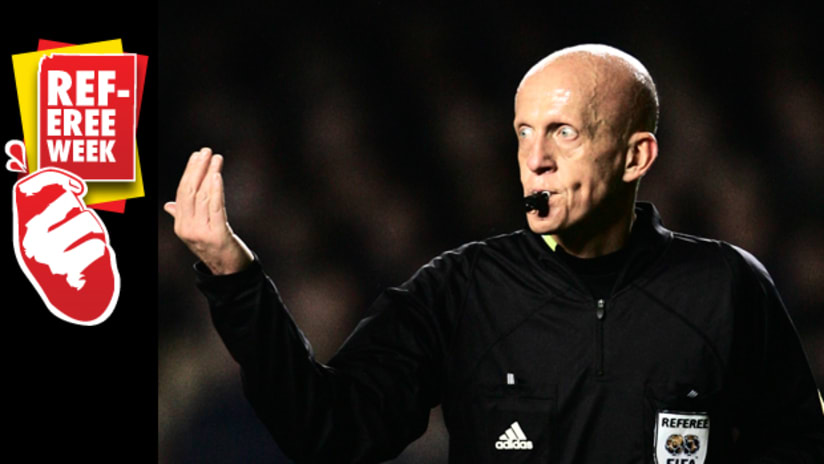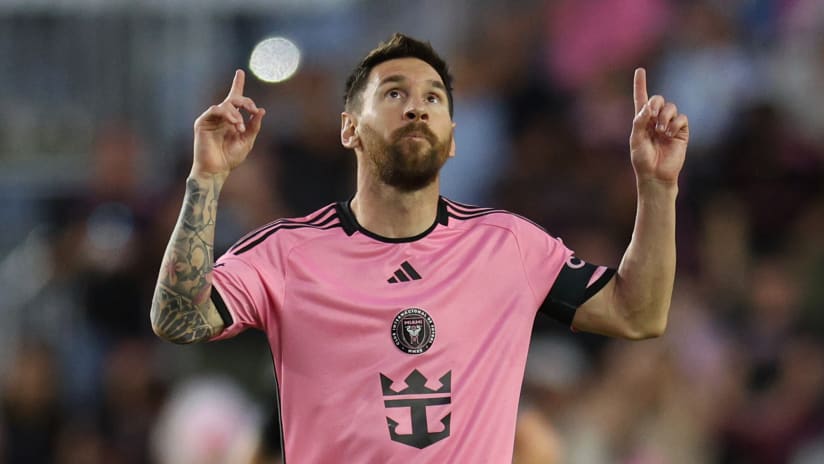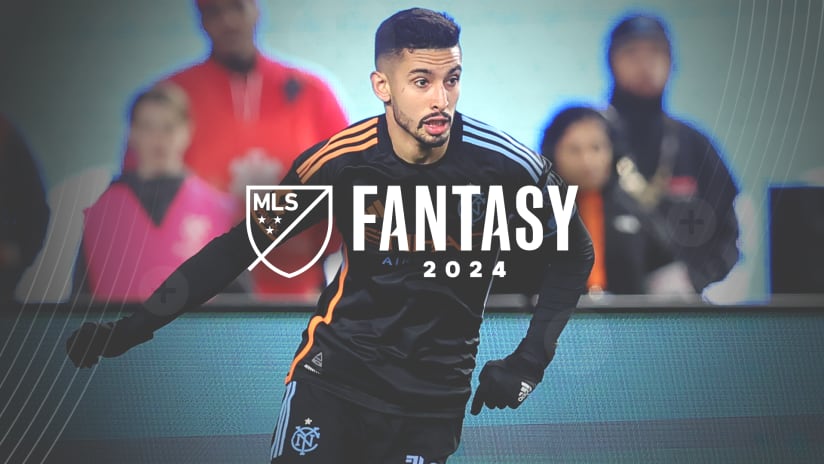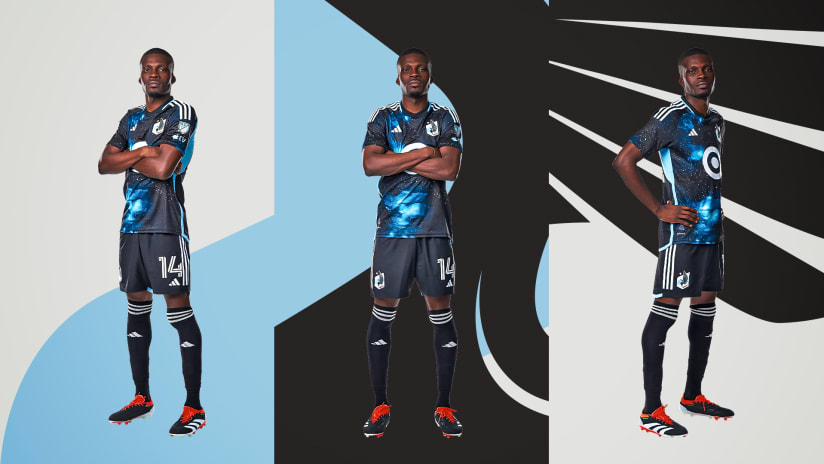We’ve all done it: We rise with purpose as a defender brings down an attacker breaking in on goal, proclaiming with authority, “Red card! He was the last defender!”
But that’s easy for us to say. We’re not the man on the spot, the referee who is about to make a massive decision, one that will surely change the game – and in some cases alter careers or club fortunes.
And the truth is, showing red in this scenario isn’t some arbitrary judgment call; there’s more to consider than most observers probably understand. In the parlance of referees and soccer geeks, it’s called “DOGSO” – denial of goal-scoring opportunity. It’s one of the hardest decisions a referee must render, but hardly the only toughie. Here are five of the most difficult calls for the (frequently embattled) men in the middle.
Denial of goal-scoring opportunity: Law 12 states that a player should be sent off for denying a goal or an obvious scoring opportunity by deliberately handling the ball, or by denying an obvious movement toward goal when the offense is one punishable by a free kick or a penalty kick.
If you think that’s a mouthful, consider what else referees must quickly assess and calculate: number of defenders involved in the sequence, distance to goal, the attacker’s distance to the ball and the direction of play. That’s a super-simplified explainer of the necessary criteria; referees and assessors could fill volumes dissecting each one.
A great example of all this in action happened a few weeks ago, when Real Salt Lake veteran defender Nat Borchers brought down Chivas USA’s Nick LaBrocca. The foul was clear, but did it meet all the nuanced criteria? In most opinions, referee Kevin Stott got it correct, ejecting Borchers in the 24th minute. Still, it wasn’t without debate. This one rarely will be.
Handball inside the penalty area: Some handball decisions are obvious, but “intent” frequently becomes a point of contention on others. Law 12 is clear in its essence: that a direct free kick (or penalty kick) be awarded for deliberately handling a ball. “Essence,” however, is theoretical and has little in common with a weighty decision that will surely enrage or enthuse thousands of partisan onlookers.
WATCH: Warner sent off

So, was it “deliberate?” Did the player intentionally move his hand or arm toward the ball, or could he have avoided touching it? A wonderful example of the difficultly in this decision, relevant and recent, happened last week in Vancouver and also involved Real Salt Lake. Referee Chris Penso ejected Real Salt Lake midfielder Collen Warner for a handball inside the penalty area, in what Penso adjudged to be a deliberate act that prevented a goal.
Replays seemed to indicate a ball that hit Warner’s left shoulder as he fell to the turf in a mélange of feet, legs and desperation.
Bottom line: It’s a bear to judge on the fly.
Attacker involvement on offside judgments: Clearly, offside decisions on attackers’ positioning relevant to the last defender is an assistant referee’s call. Officials on the touchlines have the benefit of the best angle. But Law 11 states that a player in an offside position is penalized only if, in the referee’s opinion, he is actively involved in the play.
So the devil is in the details, and it’s up the referee to decide: Is the player in an offside interfering with play, interfering with an opponent or gaining advantage by being in offside position?
Most of the time it’s obvious. But what if the player is standing near goal, technically in an offside position, but with no obvious effect on the sequence? What of the offside player who makes a point to walk casually out of the play while a teammate races into it, essentially taking his spot? Was this a distraction to defenders? The scenarios go on, and it’s all tricky math.
Diving or actual foul?: Fans and broadcasters like to say an attacker “made a meal” of nominal contact. Or in the most flagrant diving episodes, they might just laugh it off, amused at the ridiculous attempt.
WATCH: Saborio conjures a PK

But for referees it’s serious business. Highly respected former referee Pierluigi Collina called diving a “cancer” on the sport. Another esteemed former referee, Graham Poll, stated the sport’s essential “credibility” is at stake when diving is involved.
Laws require referees to caution a player who has simulated action with intent to deceive. But that’s a big accusation, sometimes with serious consequences, and referees are instructed to 100 percent certain.
Of course, that’s not easy. The referee’s angle and ability to see clearly (sometimes through a tossed salad of tangled legs) means everything. When the diving action occurs inside a penalty area (which is most of the time, because it creates the optimum risk-reward scenario for those who would dive), the stakes climb higher still.
The consequences are great, the action is fast, the pressure of the moment can be immense. Sometimes, it’s just impossible to really know.
Ejections: Any decision that will alter the playing field so dramatically is inherently weighty. Referees eject players for second yellow cards, and all those cautions are a discussion unto themselves. But the most contentious calls tend to be serious fouls that might require immediate expulsion under Law 12 (fouls and misconduct).
Referees are instructed to immediately expel a player who: is guilty of violent conduct; is guilty of serious foul play; uses foul or abusive language, or; is guilty of a second cautionable offense.
Clearly, any of these could fill hours of discussion around refereeing roundtables. But the real pressure point on this one is potentially injurious tackles. Careers are at stake, and nothing riles fans or potentially destabilizes a match like bad fouls that end with stretchers on the field.
Hence, the choice to eject, caution or only warn for cleats-up tackles or for overly aggressive tackles (like Brian Mullan’s notorious foul earlier this year that left Seattle’s Steve Zakuani with a broken leg) will always be a complex, consequential choice.











